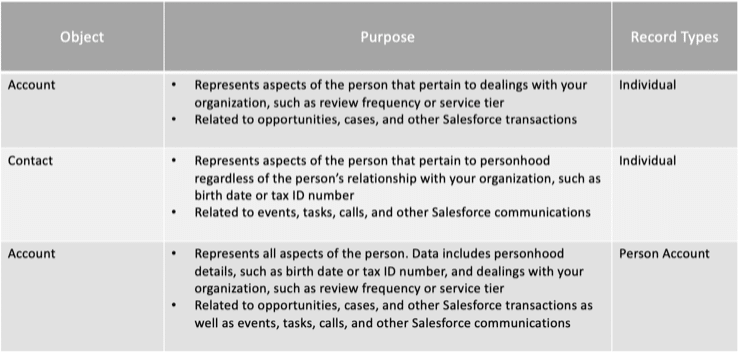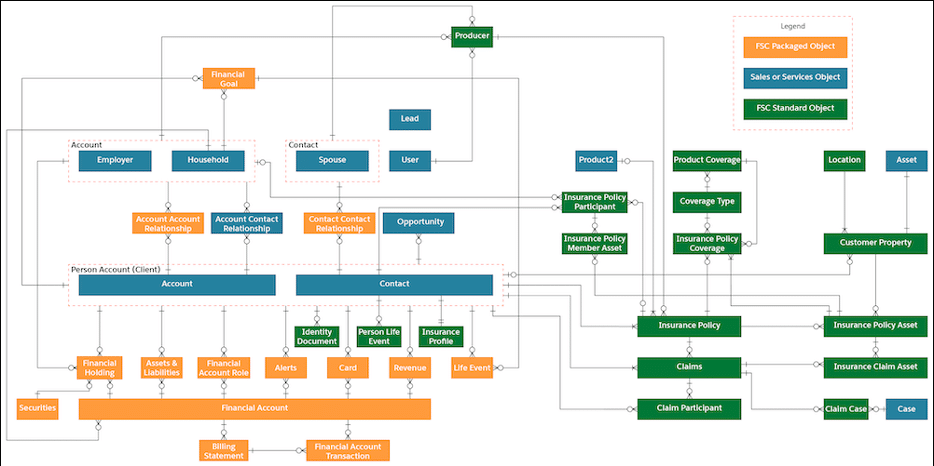Marketing is a must in the Financial Services industry and is often what will set a firm apart from its competitors. Surveys of customers report that the expectation of a relationship with their Financial Services provider is as important as the products or services they are purchasing.
Pardot can be a phenomenal tool for marketers in financial services to build personalized relationships. Common Pardot use cases include:
- Sharing automated birthday wishes
- Providing timely current event information that may impact their customers
- Automatically nurturing customers with content that will cross-sell or up-sell new products
The biggest learning curve for marketers trying to make these use cases a reality in Pardot is understanding the FSC architecture and how it integrates with Pardot. FSC offers a lot more fields and record types, and surprisingly a lot of what the marketer needs is brought into Pardot as standard fields and objects.
The new data model and field labels of FSC can seem confusing and even daunting. While they have all these new labels, they are ultimately mapped to a base data model of Leads, Contacts, Accounts, and Person Accounts.
Let’s recall the standard objects we are used to working with in Sales Cloud:

We are used to a one account to many contact relationships, with sometimes a contact getting to be a related contact on additional accounts. However, in Financial Services we find ourselves having to have Account to Account, Contact to Contact relationships in addition to the standard model we are used to working with.
That sounds simple enough, until you add specialized labels on top of these relationships. You have head of household, household members, and household members that can also be their own head of households! These could also be insureds which is different from risks which is different from policyholders.
Fortunately, Salesforce provides an FSC data map showing how these unique objects are just variations and linked to our standard object. This is the Financial Services Cloud Managed Package Data Model (general), there are additional specialized packages that are slightly different.
Let’s start with the objects in blue. These are your standard sales/service cloud objects with their related FSC label. They may have a special FSC label but know that Household and Client will map to Pardot as standard objects.
The other objects in orange and green will show you if this additional information is related to these Standard Pardot objects. If you are able, work with the FSC Pardot Consultant in building the initial data model so you are able to make sure what you want to use Pardot for is linked to the standard (blue) objects. If you just have a couple fields of information in an orange or green object you can use a cross-object look-up to bring that field to the standard object before having to entertain the custom object add-on.
Keep this data model handy or bookmark this page – knowing the FSC data model upfront will save a lot of time and frustration later in your project.
So now that we have an understanding of the basic FSC data model and integrating with Pardot, our next posts will talk about the awesome demand generation initiatives you can execute using Pardot. Lead nurturing, grading and scoring, ROI reporting – the sky’s the limit! If you need help setting up Pardot or want more Pardot tips, contact our Pardot consultants at Invado Solutions.



